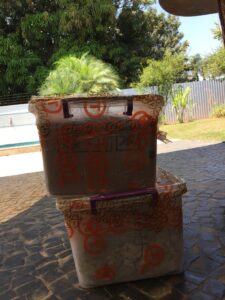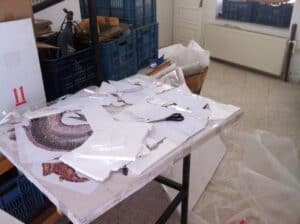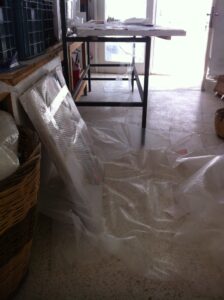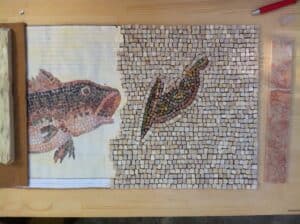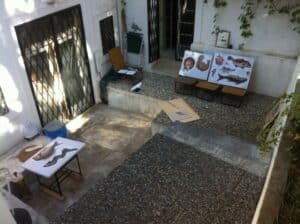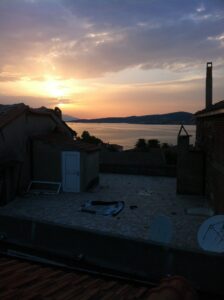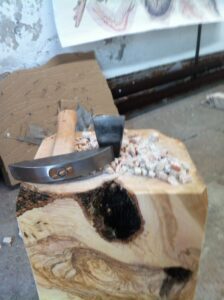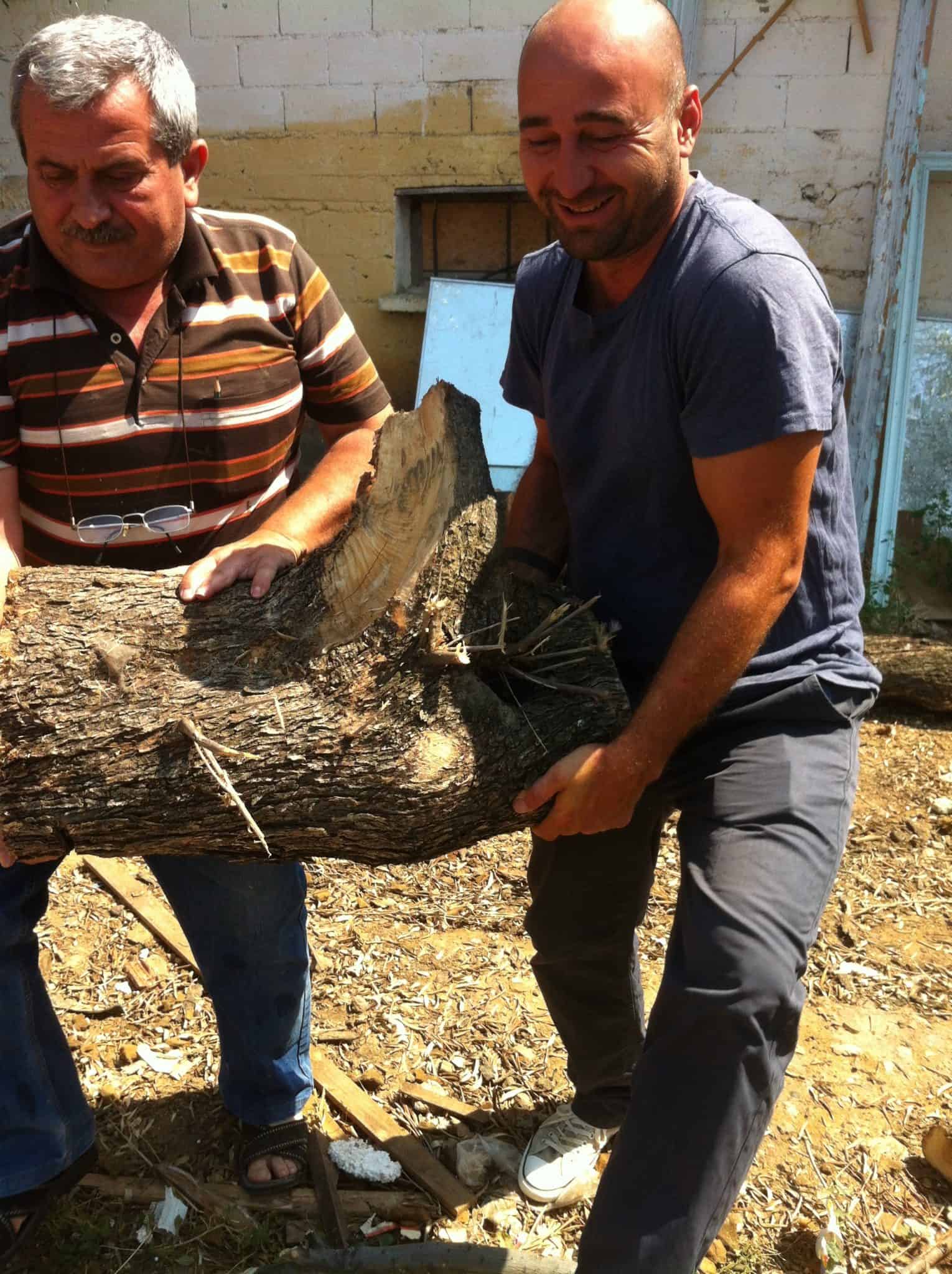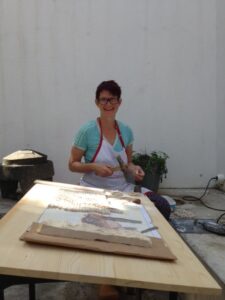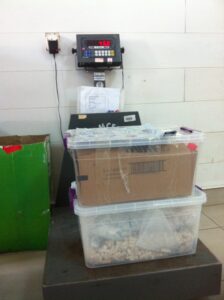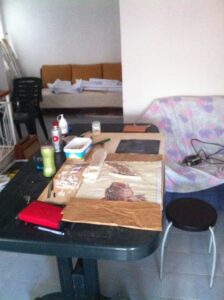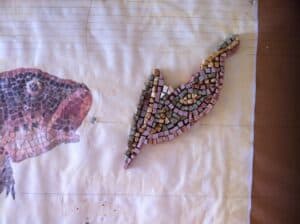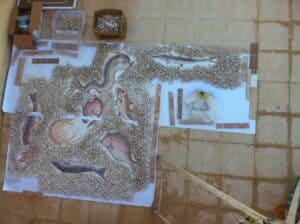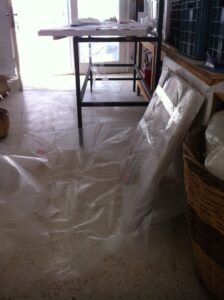On Monday evening of Sept 21 I arrive in Brasilia, with a flight directly from Paris where I was together with our eldest daughter who just started to study in Paris.
She had no choice but to come with me and see the part of the mosaic, depicting a scene of the judgement of Paris, in the Louvre which was found in the 1930 in Antioch (now Antakya/Turkey) and was split among the parties that sponsored the excavation at that time. Today you can see the parts of the mosaic in 4 different museums in the world:
- the Louvre
- Princton University, Worcester Art Museum and Wellesley College in the US
- and some small parts of geometric patterns from the edge of the mosaic remained in Antakya Mosaic Museum
I am fascinated by this story in archeological history. There is a great book about this and the mosaic:
The Arts of Antioch: Art Historical and Scientific Approaches to Roman Mosaics and a Catalogue of the Worcester Art Museum Antioch Collection
The book was one of the first book on mosaics I bought and it inspired me in many ways. The essays on the material analysis of the tesserae and grout used in these roman mosaics encouraged me to look for more research on these materials and to continue with my experiments to work with roman cement.
A small footnote mentions a community mosaic which was produced for an exhibition at the Worcester Art Museum in 2000, that brought together the pieces of this mosaic from the different museums .
Reading about this community mosaic inspired me to design and organize the refugee community mosaic in Ankara in January – March 2015.
But back to Brasilia:
On Friday, Sept 25, look what was delivered to our doorstep at Lago Sul in Brasilia! The two boxes from Ayvalik! Everything inside: the background stones, nippers and 2 sets of hammer and hardie. Off to work, Gertrud!
